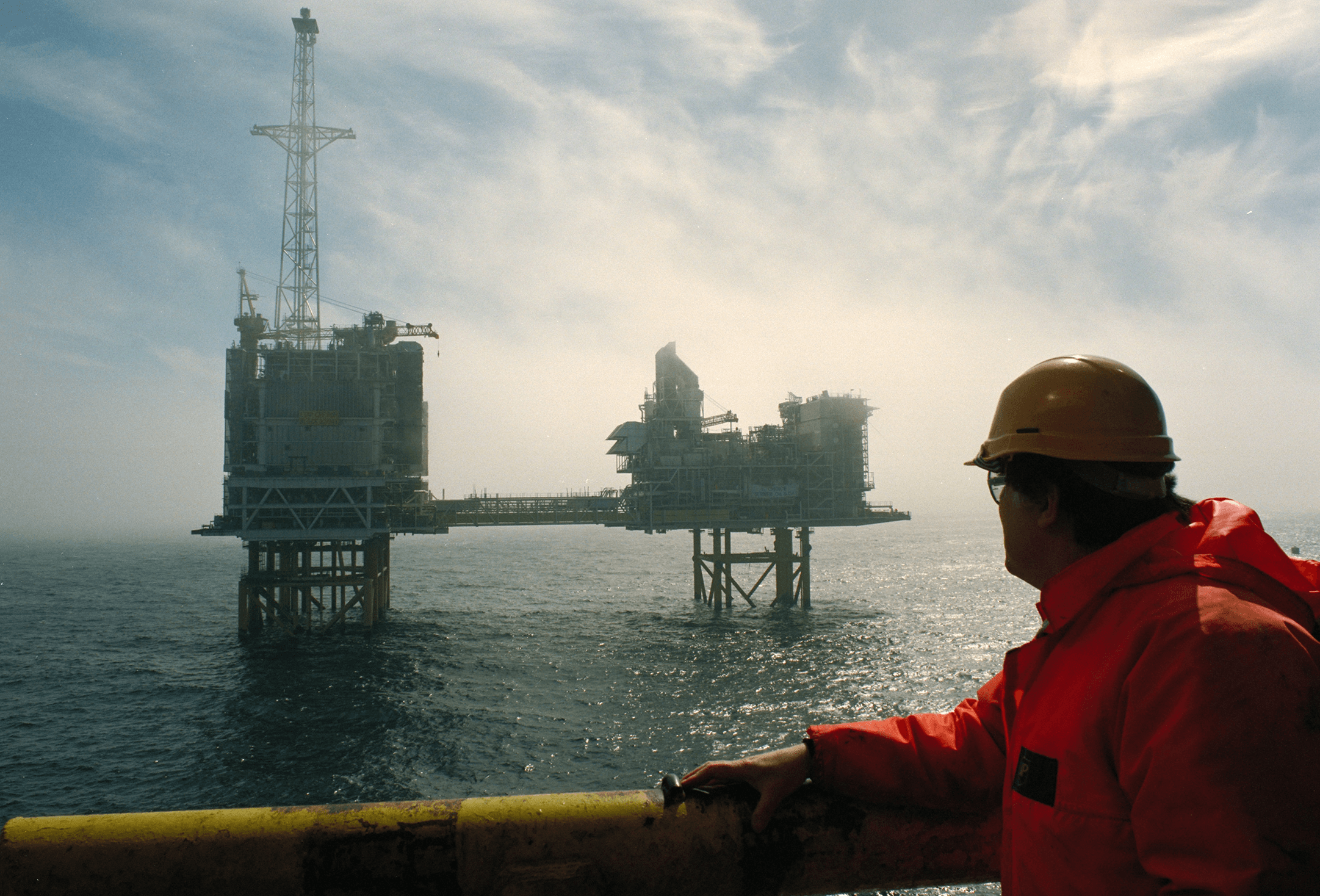
The world needs more oil, not less, according to new research from BMO Capital Markets.
Analysts said that the International Energy Agency’s recent call to halt new oil and gas projects in pursuit of a net-zero world would be less likely to reduce demand and more likely to cause a supply shortfall. This could set the stage for a dramatic oil price spike to as high as $150 or $200 per barrel in the next five years, resulting in widespread economic consequences.
“While [this] may appear outlandish given the collapse in crude oil prices over the last five years and a widespread belief that the end of oil is near, we believe it may be more likely than the IEA’s assumption of a steady decline in prices over the next decade,” BMO said in a May 25 research note.
“We believe it is highly unlikely that oil demand will decline meaningfully over the next decade, even with a stronger push by world governments toward net-zero emissions. However, global supply could fall well short of demand over the next five years amid growing pressures to slow investment, setting the stage for an unprecedented spike in oil prices.”
Net zero pathway
The IEA’s net zero pathway, which BMO referred to as “fantasy island,” was released May 18. It is not a forecast; it is one scenario of how the world could reach net zero greenhouse gas emissions. It relies on unrealistic timelines for aggressive adoption of renewable energy, yet-unproven technology, and substantial changes in consumer behaviour like buying electric vehicles, retrofitting homes, avoiding long-haul flights, driving no faster than 100 kilometres an hour, and line-drying laundry.
“One of the key assumptions is that global oil demand steadily shrinks based on changed consumer behaviour and tightening government regulations,” analysts said.
“BMO’s opinion is that the more likely scenario is that global oil demand continues to grow for at least the next 10 years, albeit at a slower pace than in the past.”
This is because the linkage between population growth, economic growth and oil demand cannot be easily broken until there are viable economic substitutes that are widely available, analysts said.
Population and economic growth
The United Nations projects that the world’s population will increase to 9.7 billion people in 2050, up from 7.7 billion in 2019, driven by growth in places including sub-Saharan Africa, India and Pakistan.
This March, Indian energy minister Raj Kumar Singh called reaching net zero “pie in the sky” during an IEA virtual summit.
“You have 800 million people who do not have access to electricity. You can’t say that they have to go to net zero. They have to develop,” he said. “They want a higher standard of living for their people, and you can’t stop it.”
Risk of the IEA scenario
Analysts with Oslo, Norway-based Rystad Energy also aren’t sold on the IEA’s assumptions. Rystad released its own comparable net zero scenario on May 6, forecasting the need for new projects to deliver about 10 million barrels of oil per day from new fields in the 2030s.
“We actually expect faster growth of electric vehicles than IEA does, but we do not share IEA’s view that behavioral change and biofuels will be able to remove 23 million barrels per day of demand by 2030,” said Rystad Energy CEO Jarand Rystad.
The risk, according to BMO Capital Markets, is that policy makers and investors “embrace the IEA’s scenario as fait accompli,” adding to rising pressure on oil and gas companies not to invest in new supply.
“The lack of capital spending could have serious repercussions as new supply fails to offset natural declines and keep pace with rising demand.”
The unaltered reproduction of this content is free of charge with attribution to Canadian Energy Centre Ltd.